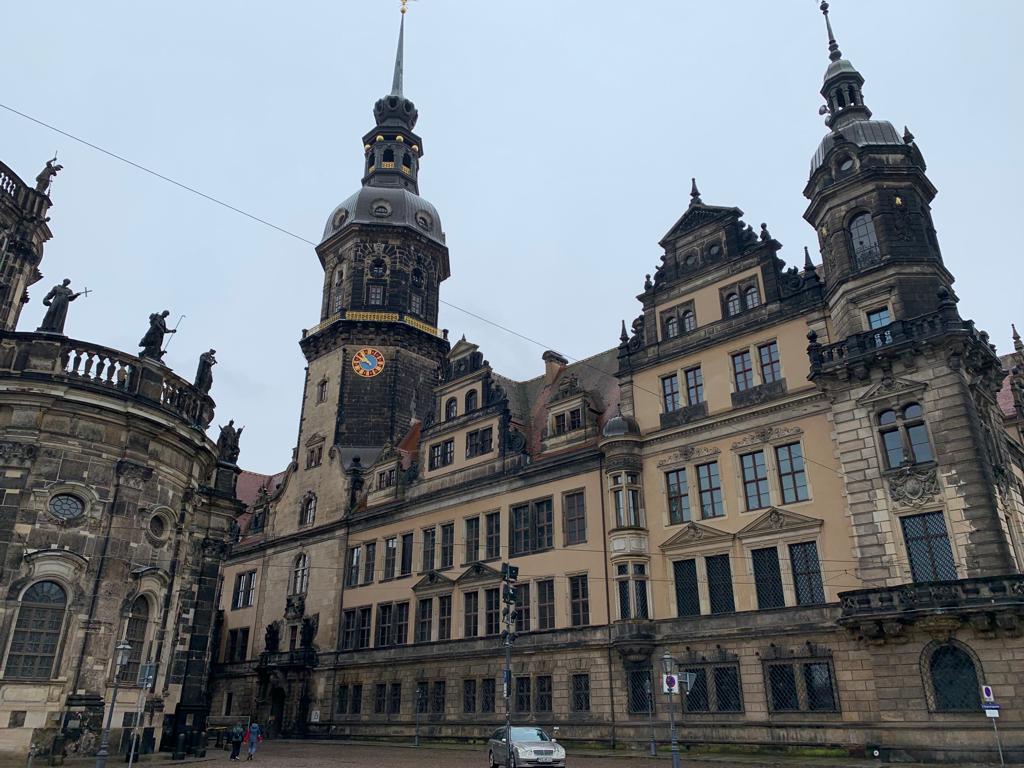Dresdner Residentzschloss (Royal Palace, Dresden) incl. Grünes Gewölbe (Green Vault)
A remarkable set of collections and exhibition spaces exists within Dresden’s former Royal Palace, including first and foremost the Green Vault, one of the world’s first public museums.
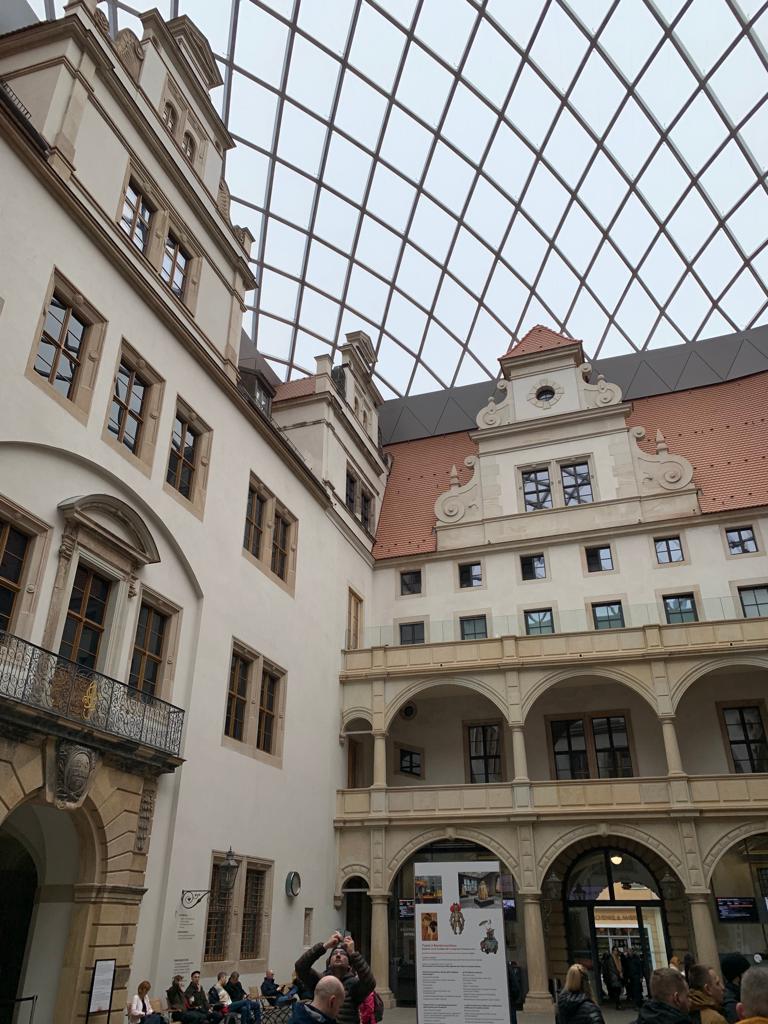


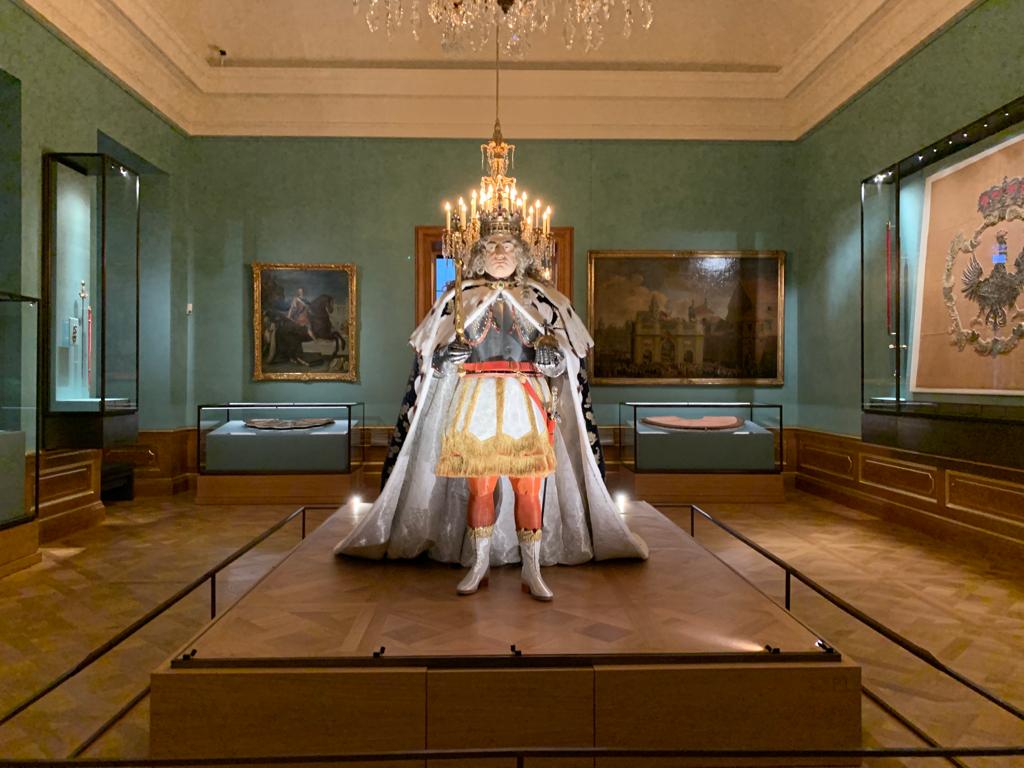

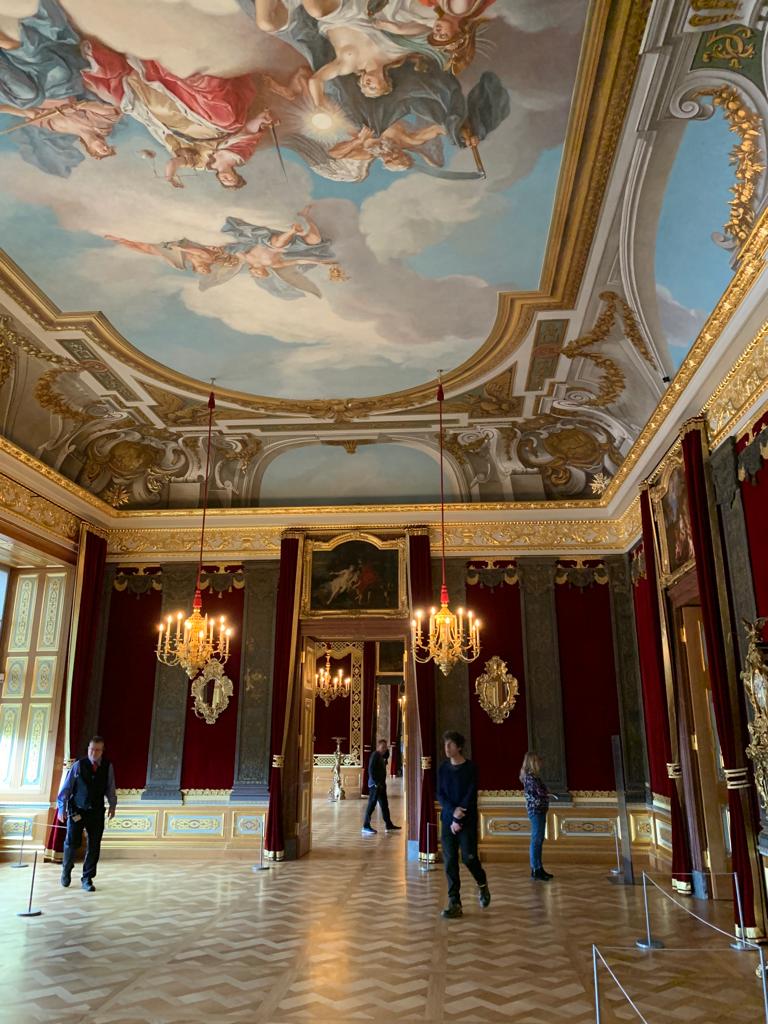
Dresden’s Royal Palace
On my day exploring Dresden, my first stop was the Dresdner Residenzschloss. This former palace has been home to many different royals. First the Electors of Saxony (1547–1806) then Kings of Saxony (1806–1918). The latter were also Kings of Poland for a time. It is one of the oldest buildings in Dresden, built first as a Romanesque keep around 1200. Like a lot of similar buildings various owners made their mark, and the Dresdner Residenzschloss is known for a mix of styles, primarily Baroque and neo-Renaissance. The Baroque sections are the result of a fire in 1701, after which Augustus II the Strong rebuilt the castle.
Augustus the Strong is a name you hear again and again on a visit to the Dresdner Residenzschloss. His name comes from his physical strength but he was also a big personality, enjoying pastimes including breaking horseshoes with his bare hands and ‘fox tossing’. He had an absolutely incredible number of children depending on who you believe. He also converted to Catholicism so he could claim the throne of Poland as well as Saxony. And was a great patron of the arts, which is the key thing for our visit today. Augustus took a fortified vault for treasures and important documents, and turned it into a proto museum, the Grünes Gewölbe (Green Vault). More on this shortly.
If you know anything about Dresden, chances are you know it suffered massive destruction towards the end of WWII. British and American forces carried out four raids in February 1945, dropping over 3,900 bombs. Worse than the bombs, however, was an ensuing firestorm. More than 6.5 square kilometres of the city was destroyed. Among the damaged and destroyed buildings was the Dresdner Residenzschloss. It was left a roofless shell, and some rooms of the Green Vault were completely destroyed. Restoration is ongoing, with parts of the state rooms reopening in 2019.

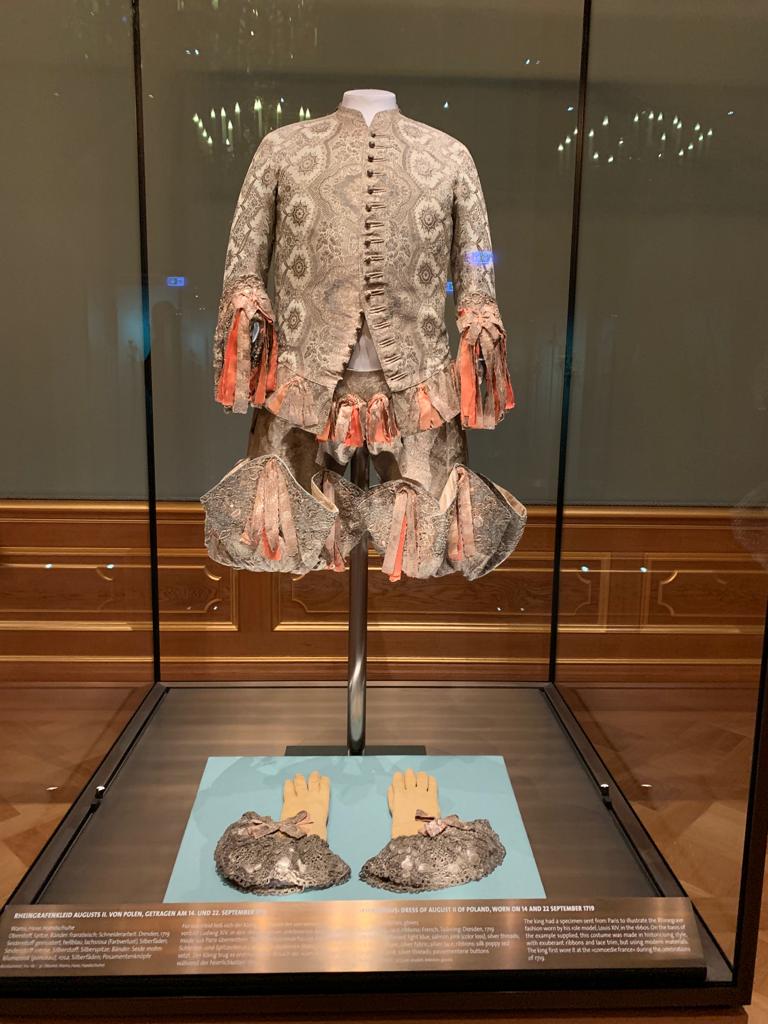
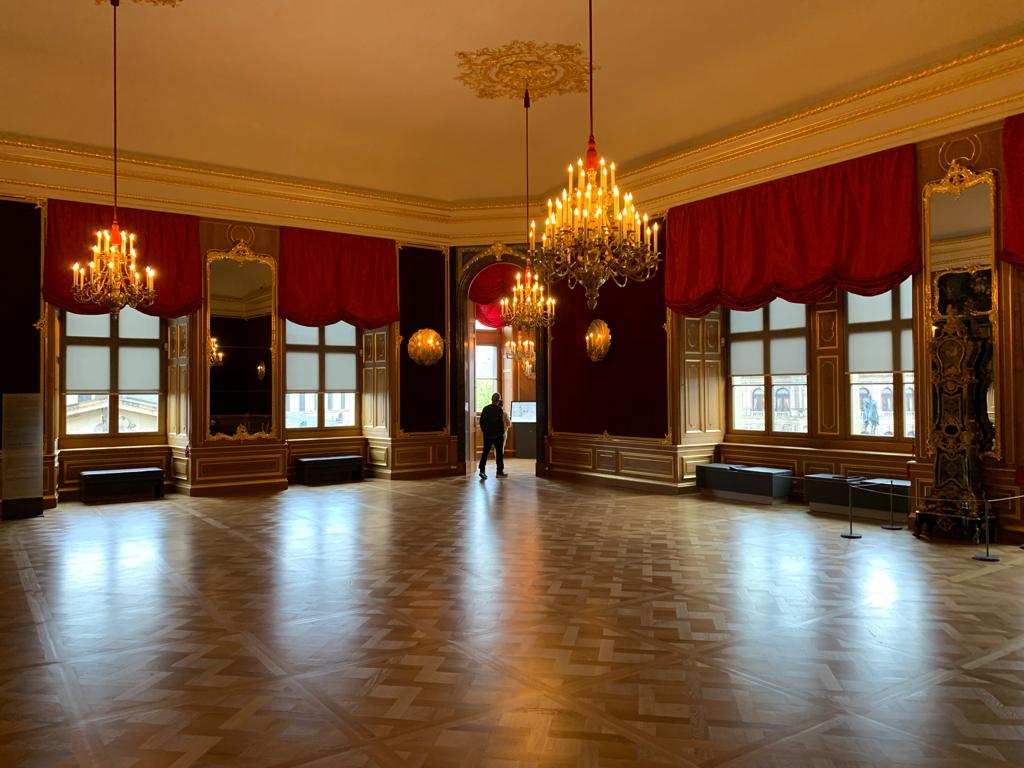
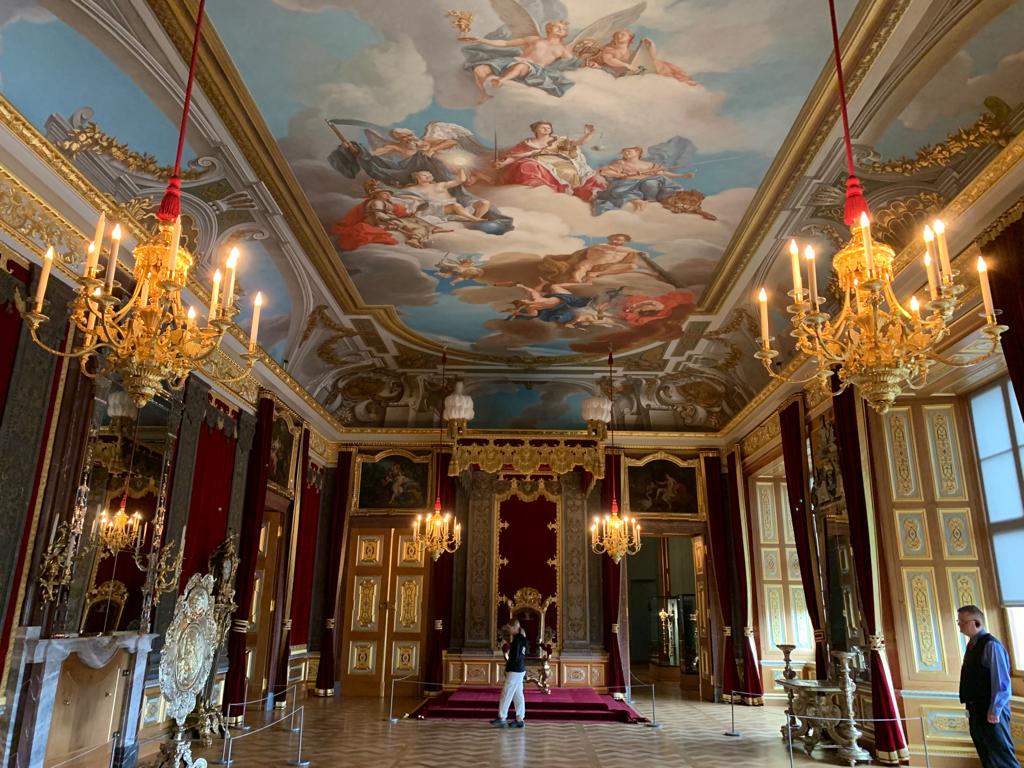

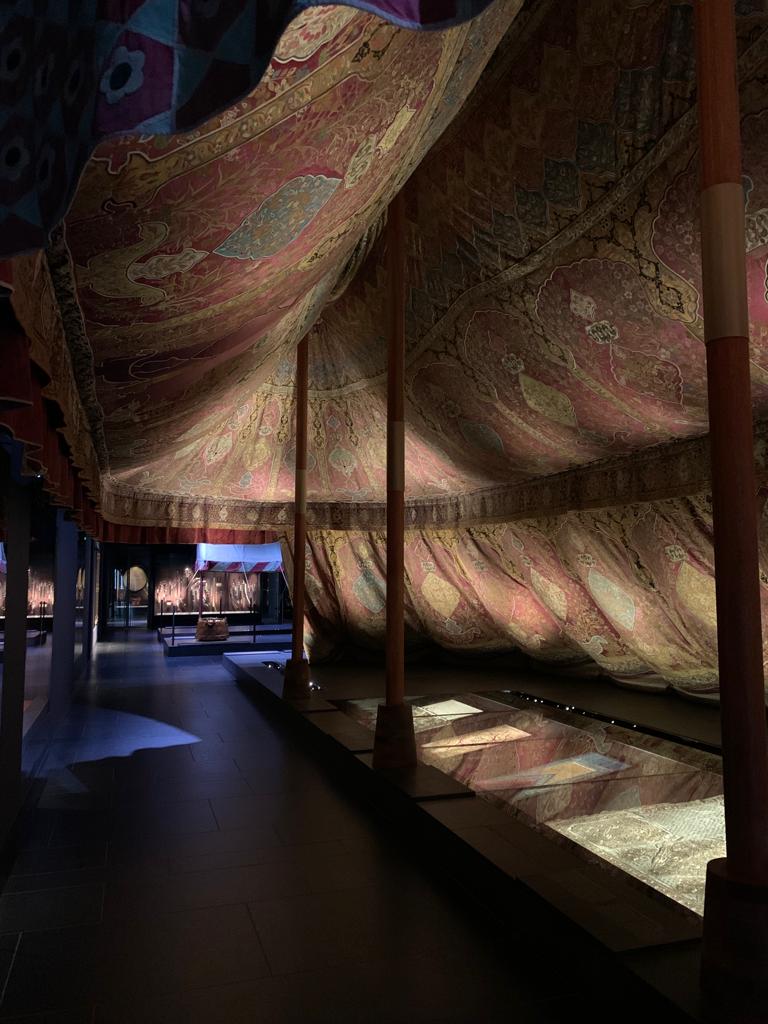
The Green Vault
A little more on the Green Vault, especially as this was my first calling point in the museum. Augustus the Strong had quite a wonderful collection of treasures, and really wanted to show them off. He chose the Green Vault for this purpose. This additional wing built by Holy Roman Elector Moritz of Saxony was already well fortified (and also already known as the Green Vault because of its malachite-coloured columns). Officially it was the Geheime Verwahrung (Privy Repository).
Augustus first commanded splendid rooms to be created (he was involved in their planning with architect Matthäus Daniel Pöppelmann). He then moved his treasures in. He created a very deliberate staging, and arranged the works by material. This is still the case today. After an entrance chamber, works are grouped into amber, ivory, silver, silver gilt, the Pretiosensaal or Hall of Treasures, weapons, jewellery, bronzes and finally Renaissance bronzes.
By the end of his reign, Augustus had opened his treasure collection to the public. Not all the public of course, a very select public. This makes it one of the contenders for being the oldest museum in the world. The only challengers are the 1714 Kunstkamera in St Petersburg and the public display of the Laocoön group in 1506 (the start of the Vatican Museums). What is undeniable is that very few before him had imagined this type of Gesamtkunstwerk (one of those slightly untranslatable German words, meaning literally ‘total work of art’, ie. art applied in every possible way). Visiting today is an opportunity to see the Baroque splendour of the Green Vault in its fully restored glory.
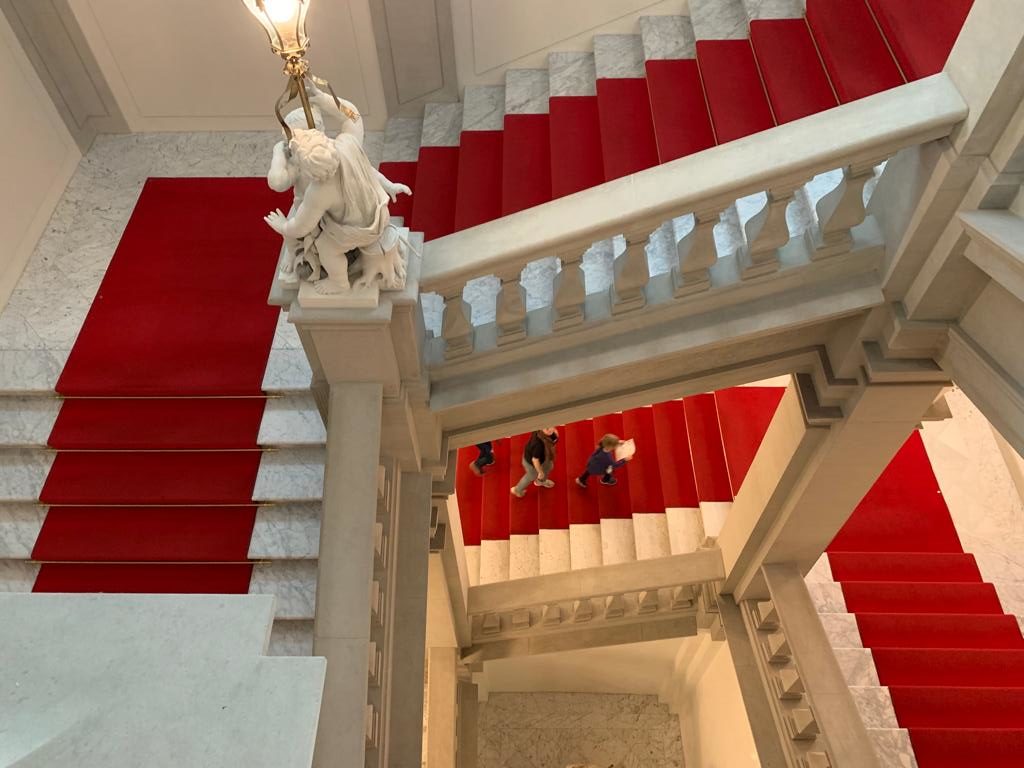
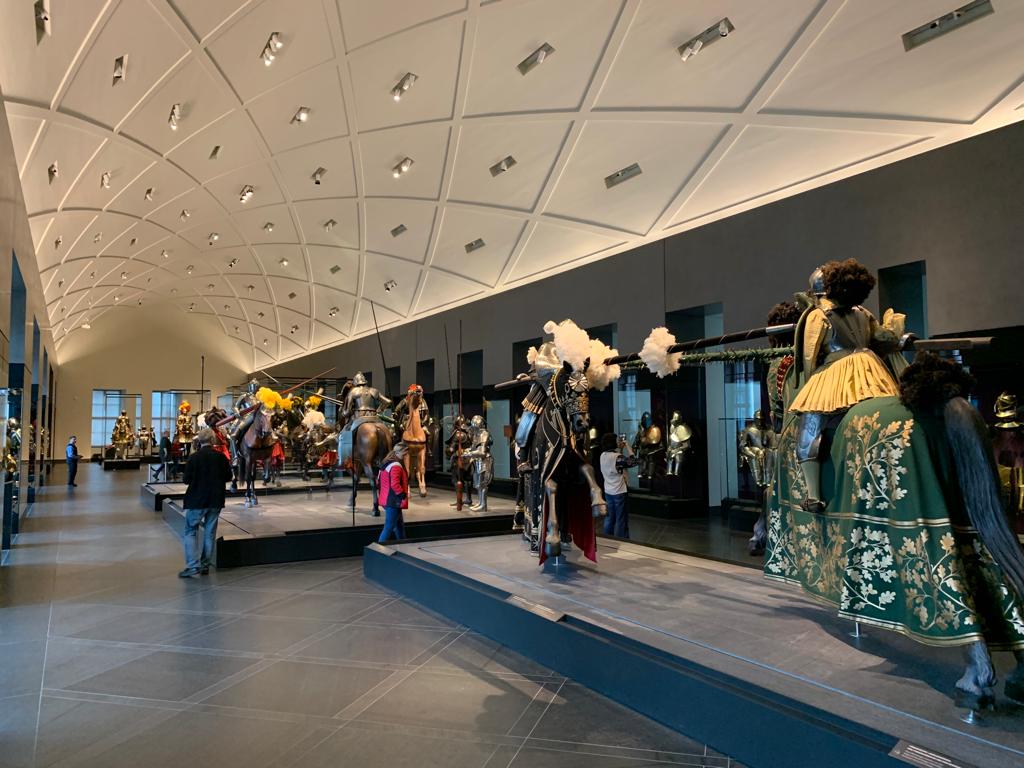
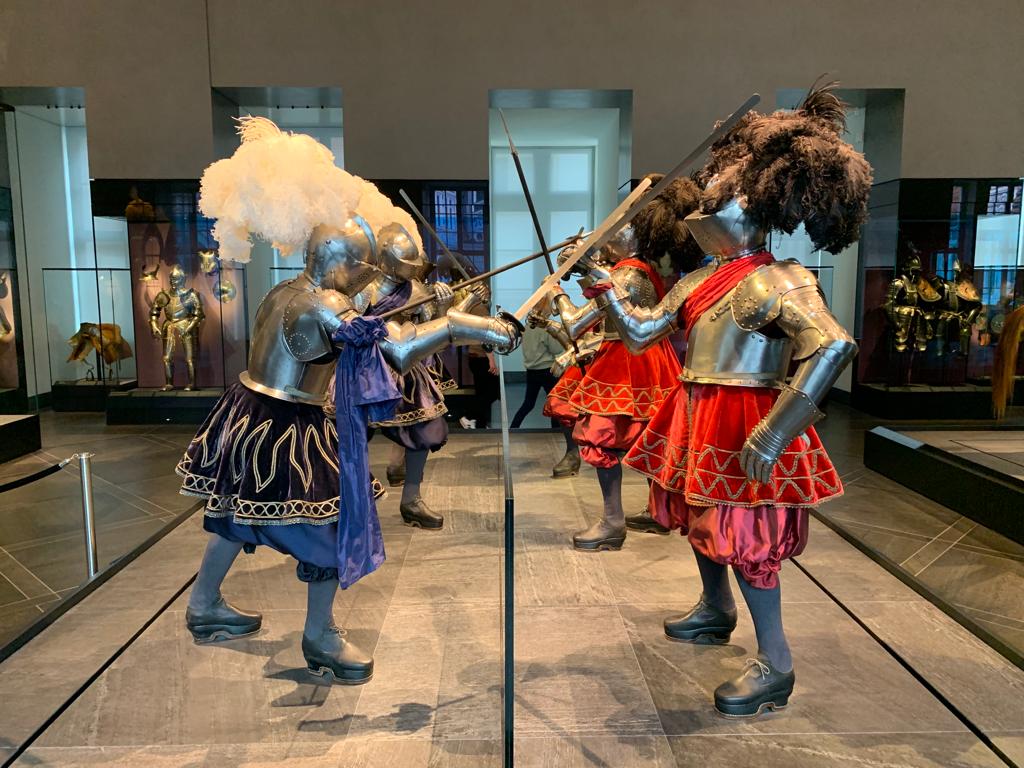
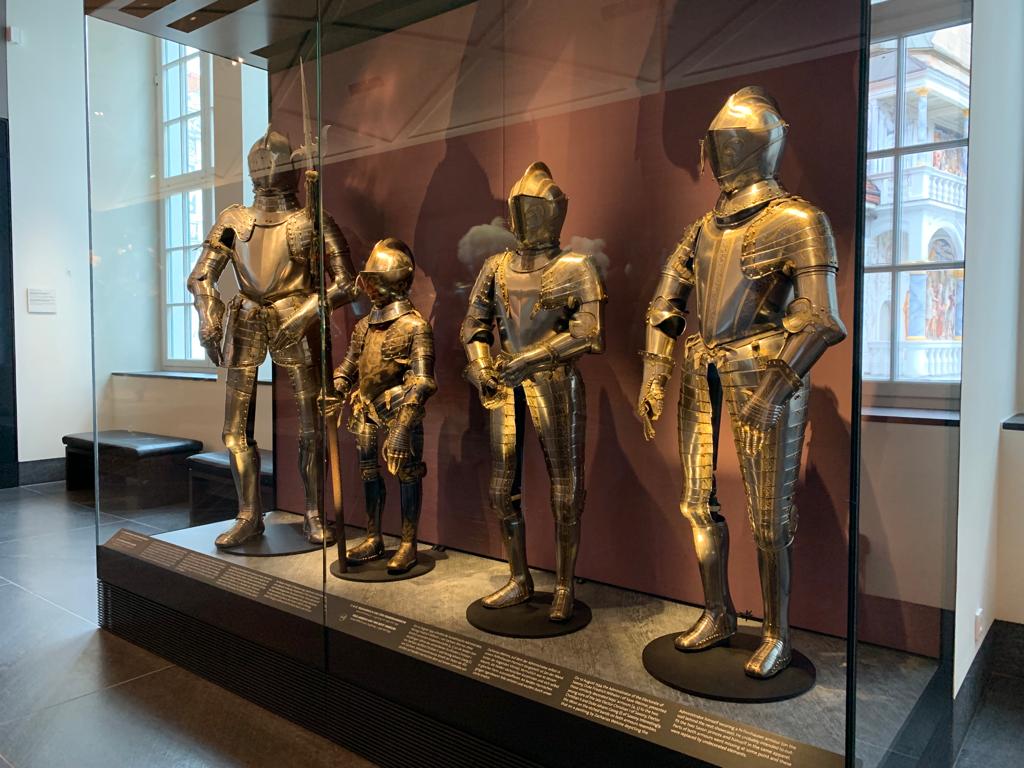


Visiting The Green Vault
Today, the Dresdner Residenzschloss boasts two green vaults: the Historic Green Vault and the New Green Vault. For the Historic Green Vault you more or less have to book in advance. I arrived slightly before opening at 10 AM (I had a pre-booked ticket), and tickets for the day were already sold out. 10 AM by the way is a lovely time to visit. It’s a special feeling to be amongst the first visitors for the day, and it wasn’t too busy yet.
The entrance chamber is both the starting and ending point, so you can read about the history and restoration either before or after your visit. You then pass through a climate controlled air lock before entering, in order to ensure a constant humidity inside. Audio guides are part of your Historic Green Vault ticket so you can learn about each room and its key highlights. You also hear about important elements of the restoration, and information about a 2019 robbery. Visually the Historic Green Vault is still very much as it was in earlier days (meaning no museum labels) so the audio guide is key.
There are no photos allowed inside so you’ll have to take my word for it, but the Historic Green Vault is absolutely stunning. You can appreciate at the same time the quality of the artworks, and the way in which this is a display of royal means and might. To modern eyes the volume of ivory or some depictions of ethnic ‘types’ may not be in good taste, but at the time this collection was the best of the best in every category that mattered. For a museum lover such as myself, it was a great moment.
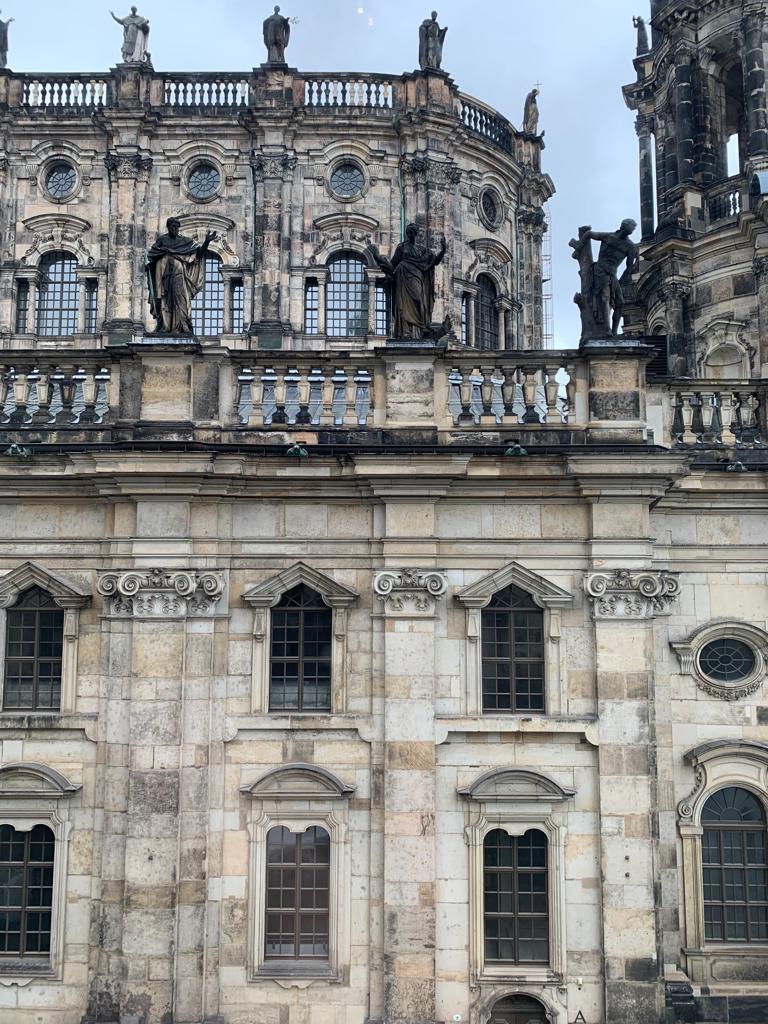

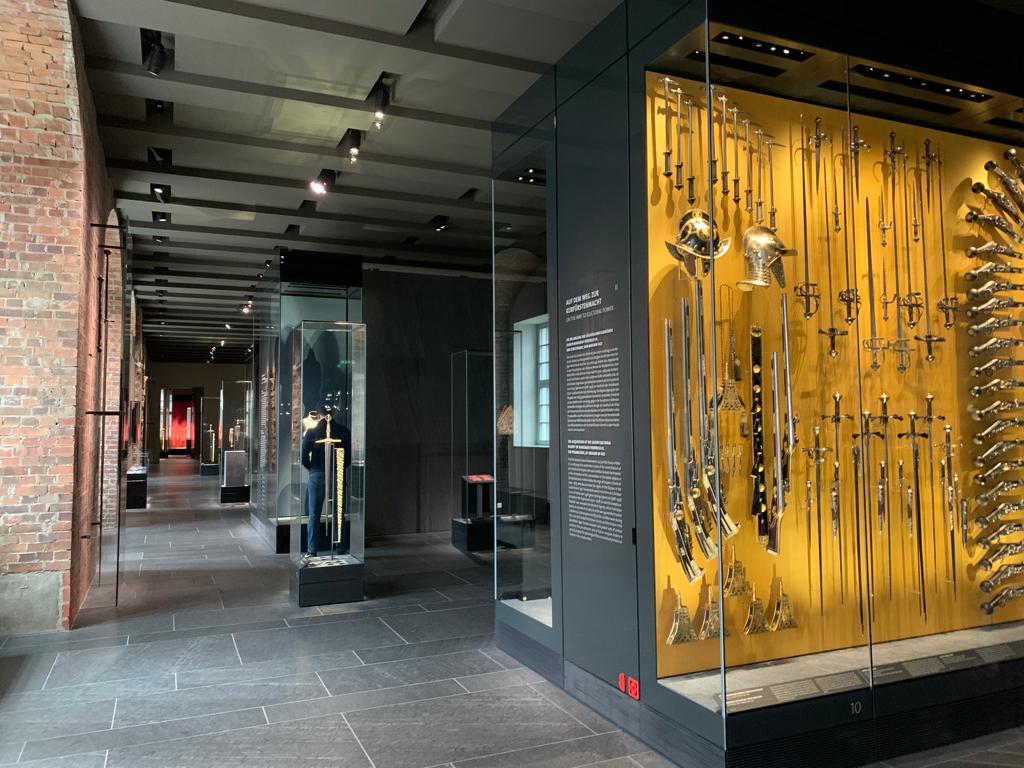

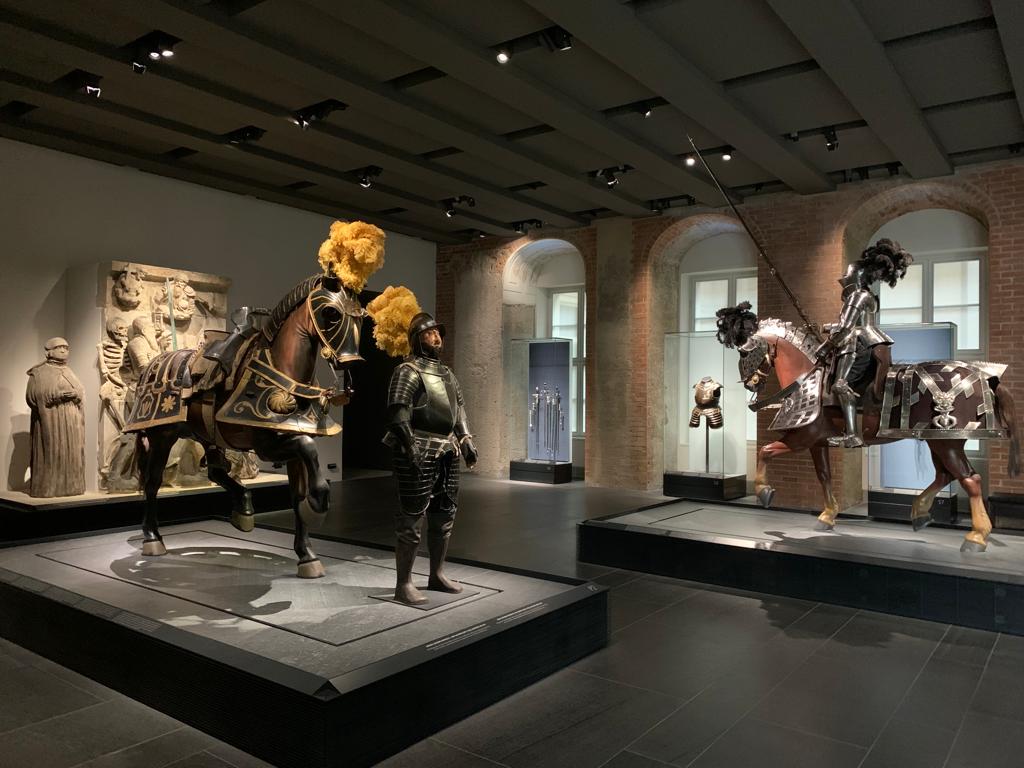
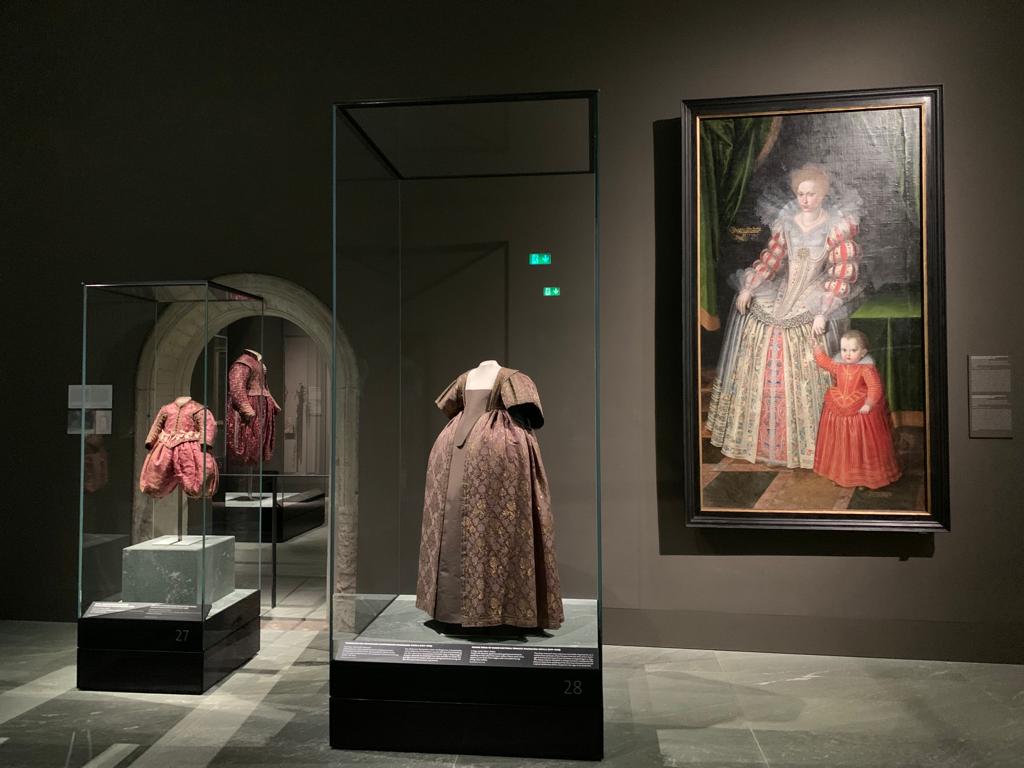
What Else Is There To See?
Oh there is a lot! There are various ticket options when visiting the Residenzschloss. I was mainly interested in the Historic Green Vault, and it is possible to buy a stand-alone ticket just for this. But on a whim I threw in same-day entry for the rest of the Residenzschloss. And I am very glad I did!
I hadn’t really given it much thought, but the (former) Royal Palace and the (former) Royal Collections are of course enormous. The collections are split into different spaces, each of which could be a visitor attraction in its own right. I went through everything at speed because I had a lot to see in Dresden and not much time, but you could easily spend the best part of a day here.
So in no particular order, there are Royal State Apartments with a Porcelain collection. There are firearms in the Long Corridor (very long indeed). There is the New Green Vault, which houses some of the treasures in a less original display, and is a fallback if you don’t have a ticket for the Historic Green Vault. A Prints & Drawings Cabinet hosts exhibitions of historic and contemporary works. There’s a numismatic collection and collection of weapons. There’s an Enlightenment display and the royal wardrobe. Or you can see ceremonial armour and weaponry (separate from the firearms and weapons collections). And finally the Turkish Chamber, a highly important collection of Ottoman art.
When I remind you that each of these collections could be a stand-alone museum, the scale is absolutely enormous! You can do like I did and wander around everything. Or you could pick a couple of areas of interest and spend your time there. Let’s have a look at a few of my highlights for inspiration.
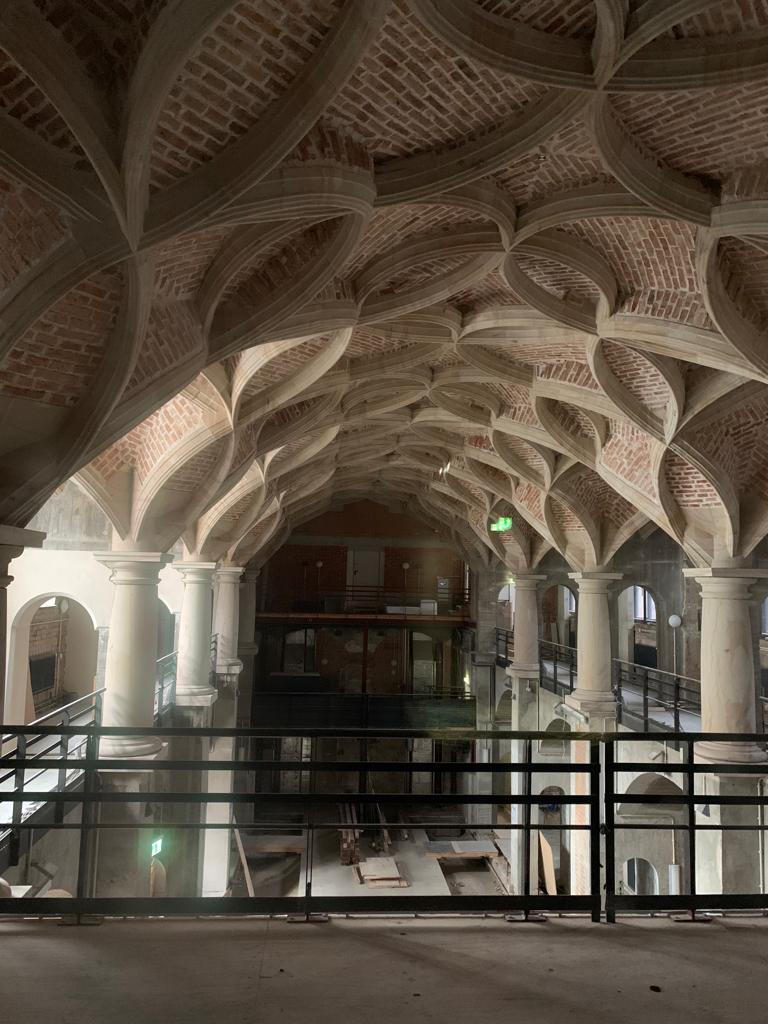
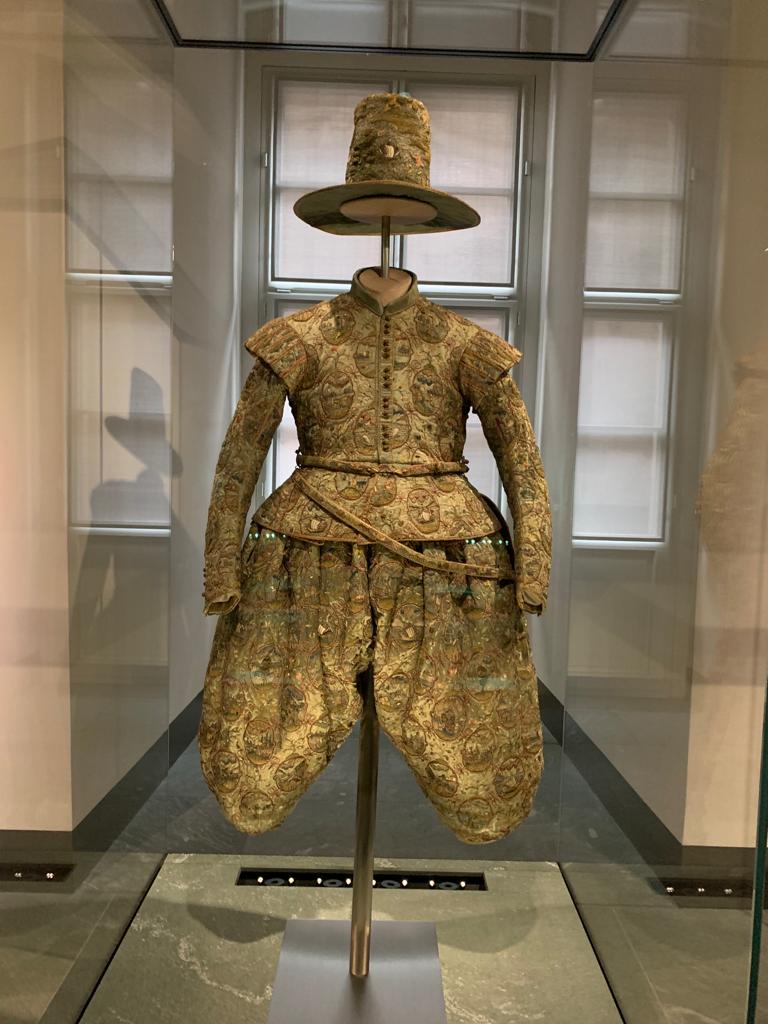
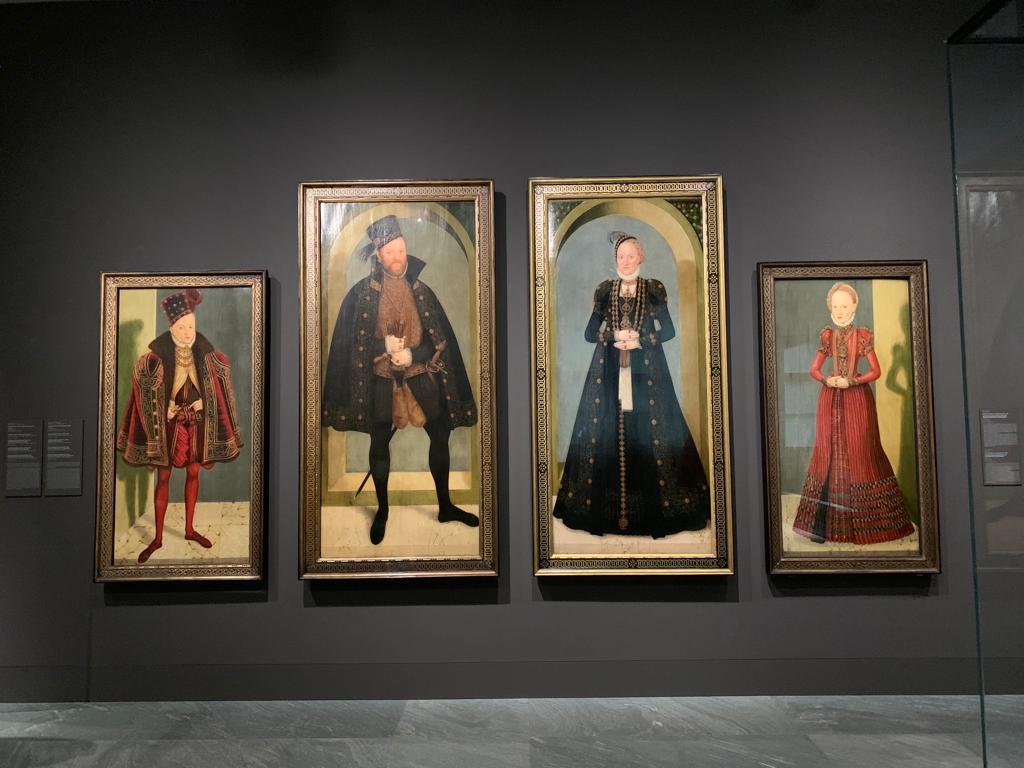

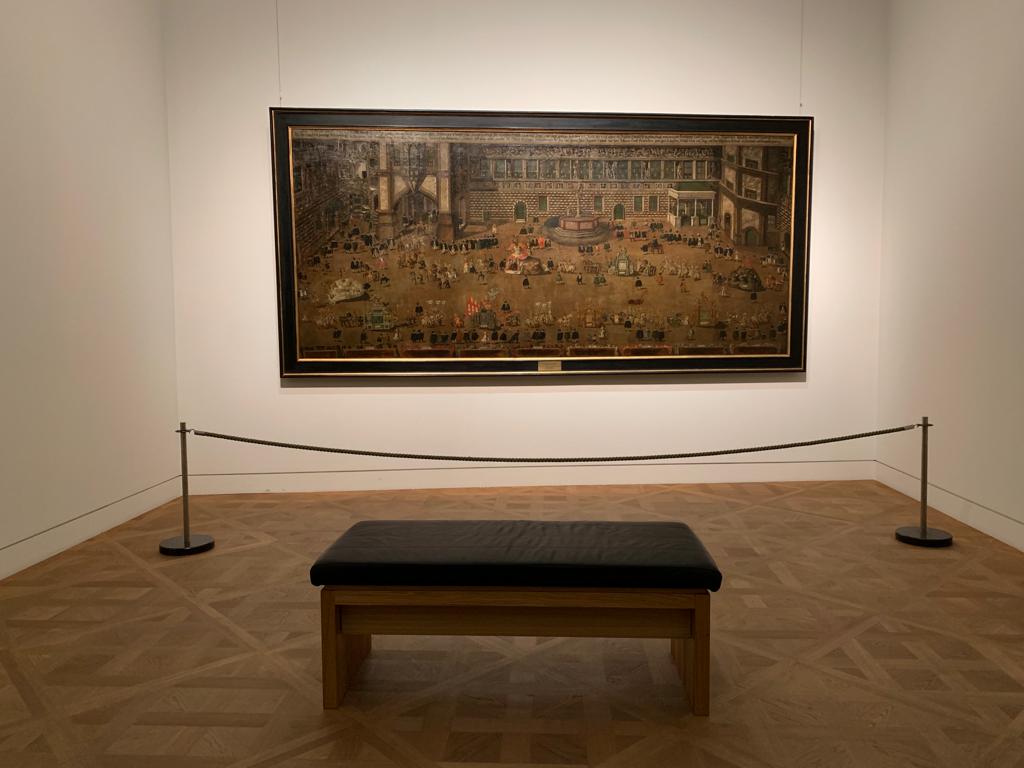
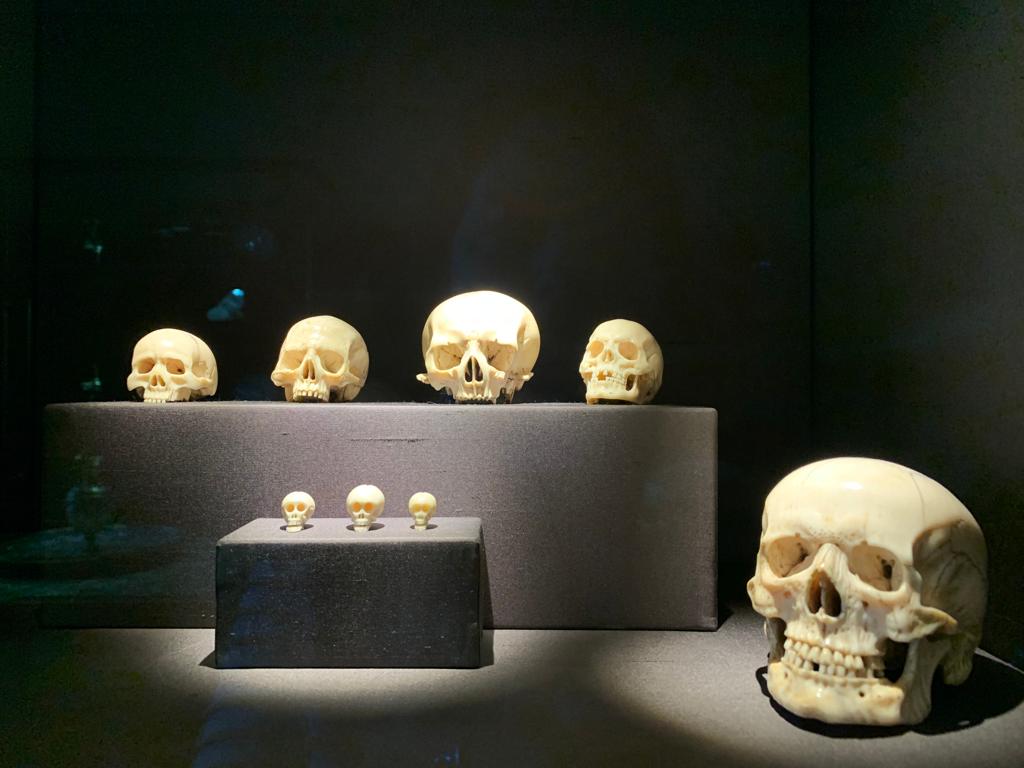
Highlights From The Residenzschloss: Part I
My approach to the Residenzschloss was to start at the top and work my way down. The trouble I ran into is that the Palace was reconstructed to its original appearance after WWII, which means a slightly confusing layout. So as I moved down the floors I began to freestyle a bit more, following whichever way looked most enticing and trying to make sure I covered everything (more or less). The plus side to the rebuild is that most spaces are modern and absolutely immaculate. Neat and tidy, climate controlled, up to date materials and display techniques. The whole thing is a museologist’s dream.
I was quite surprised by what I liked and didn’t like (as much) among the Residenzschloss collections. For instance, I expected to enjoy the Ottoman collection, what they call the Türckische Cammer (Turkish Chamber). It’s an important collection: originally spoils of war, but very well-documented and one of the largest groupings outside Turkey. Augustus the Strong supplemented the wartime artefacts. He liked to ‘stage himself as a sultan’ and send people on shopping trips to Constantinople.
In the end I found I wasn’t as interested in this collection as I thought I would be, with one exception. The swords and scimitars and bridles I could take or leave. But there is an enormous tent which is very impressive. It’s worth a trip to the Turkish Chamber for this alone, it’s very evocative both of Orientalist fantasies and military campaigns. You can see it in this video (in German).



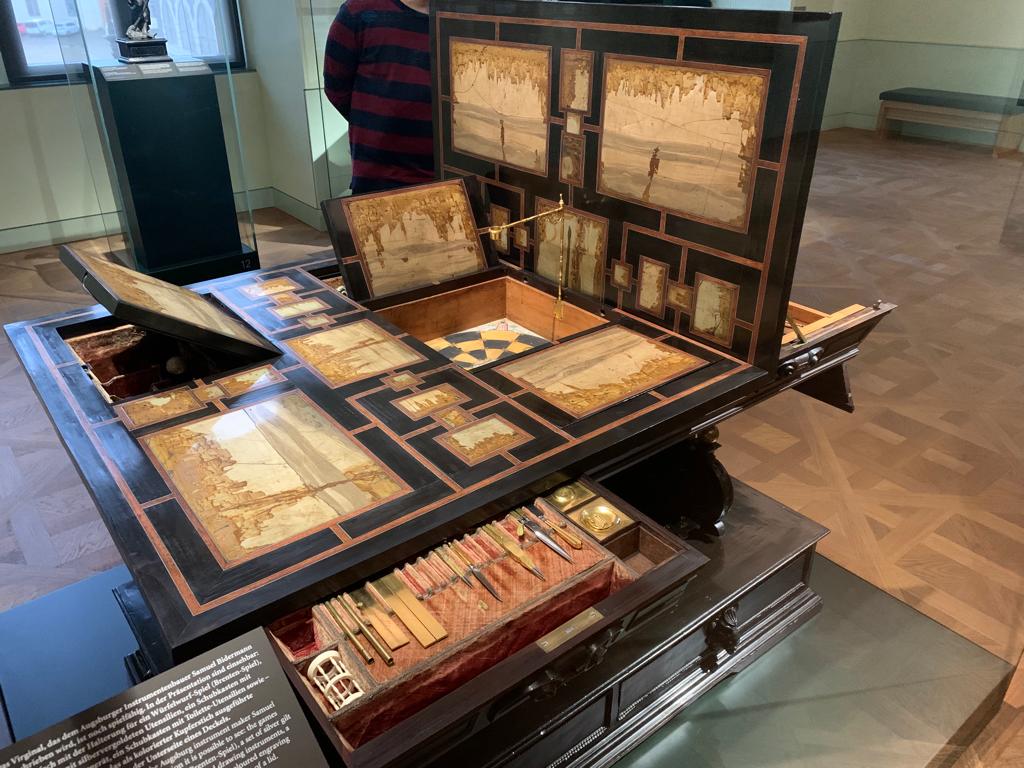


Highlights From The Residenzschloss: Part II
I am not normally one for the history of fashion, but I highly recommend the Kurfürstliche Garderobe (Electoral Wardrobe). Costumes from around 30 different rulers are on display. They are often in a remarkable state of preservation, and show off costly materials, intricate designs, and the odd codpiece for a little light relief. The exhibition design breaks up the items of clothing with paintings depicting similar designs, to connect the objects before you with everyday use. Plus at the end of the Electoral Wardrobe exhibition you can peer through a window into an as yet unrestored chapel with a magnificent ceiling.
In terms of their content, probable the most interesting are the Late Renaissance display, and the New Green Vault. The former is one of the few times that everyday objects slip into view. The exhibition explains knowledge and pastimes around 1600, and the artefacts range from costly table cabinets to house exotic objects from far-off lands, to spades and hoes for a spot of royal gardening (an earlier Augustus of Saxony was a fan). It’s a glimpse into a royal court who were busy establishing themselves as an important centre of learning, power and culture.
The New Green Vault is a must see if you didn’t get a ticket to the Historic Green Vault. Even if you did, it has some unique treasures on display. You can see a cherry stone with dozens of faces carved into it (maybe as many as 113). Or there is a miniature representation of a sultan’s birthday party, made by the wonderfully named court jeweller Johann Melchior Dinglinger. Taking more than six years to make, this is perhaps the greatest work of European jewellery. There are more than 1,000 objects to see in the New Green Vault, behind state of the art non-reflective glass.


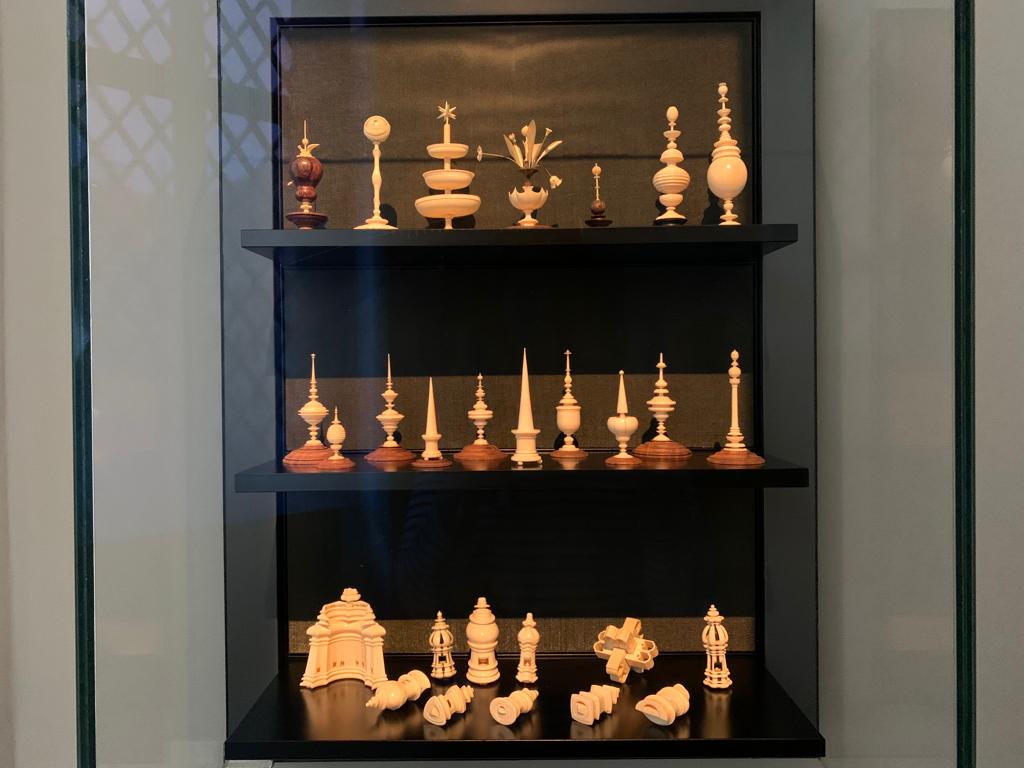
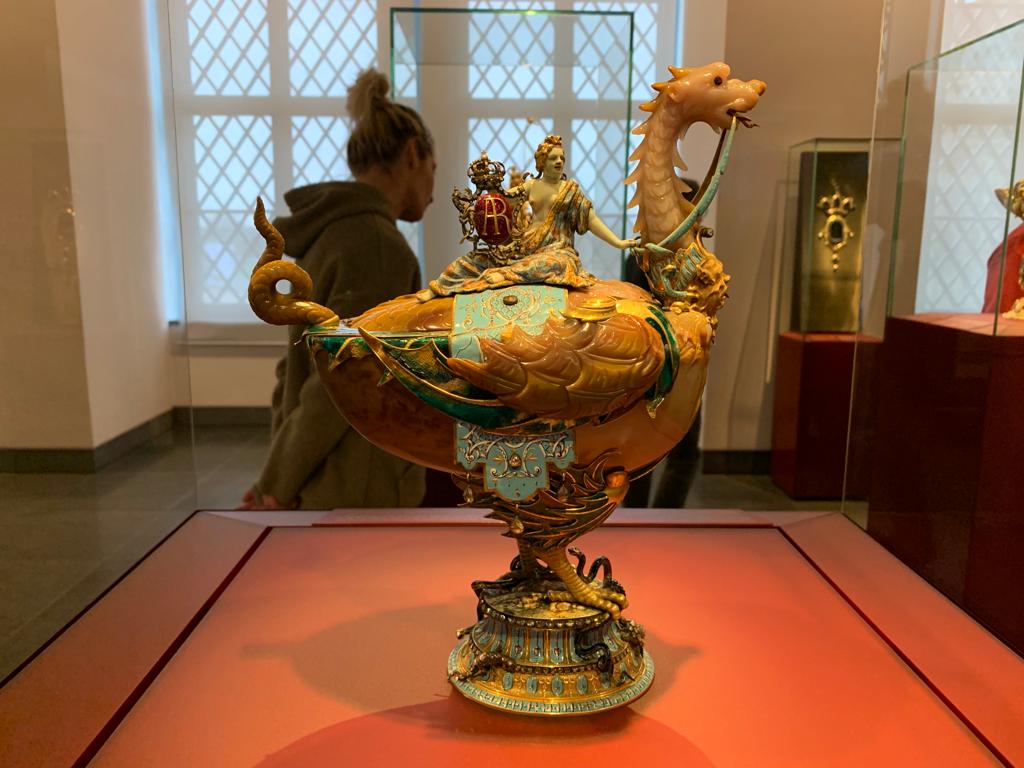
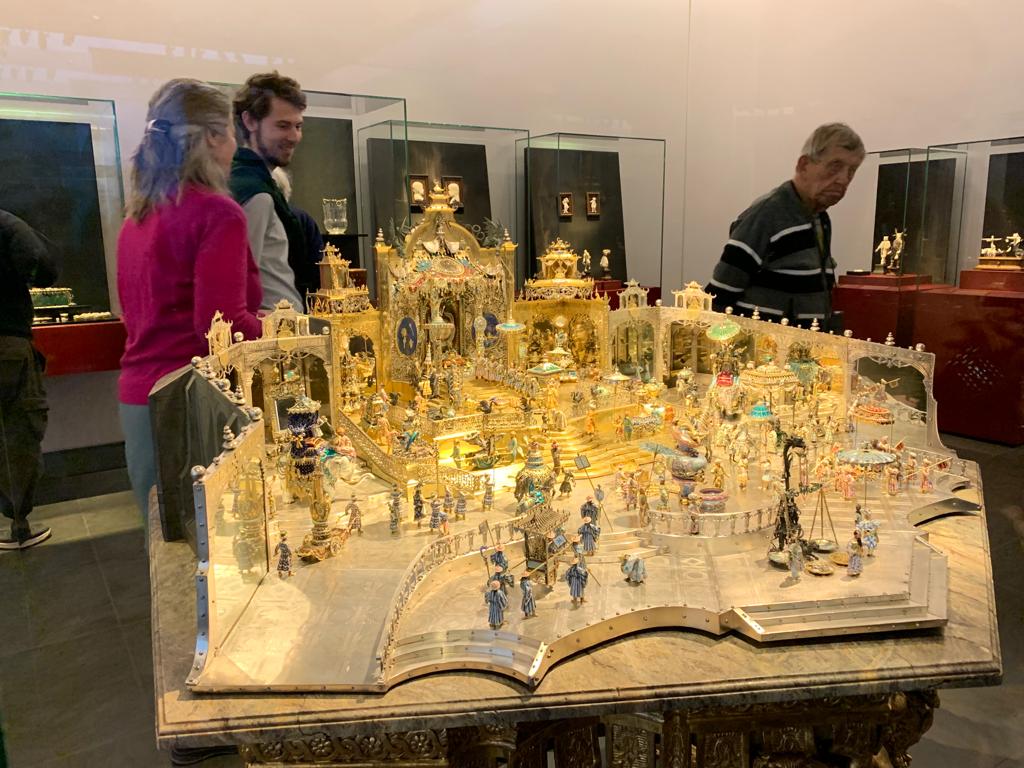
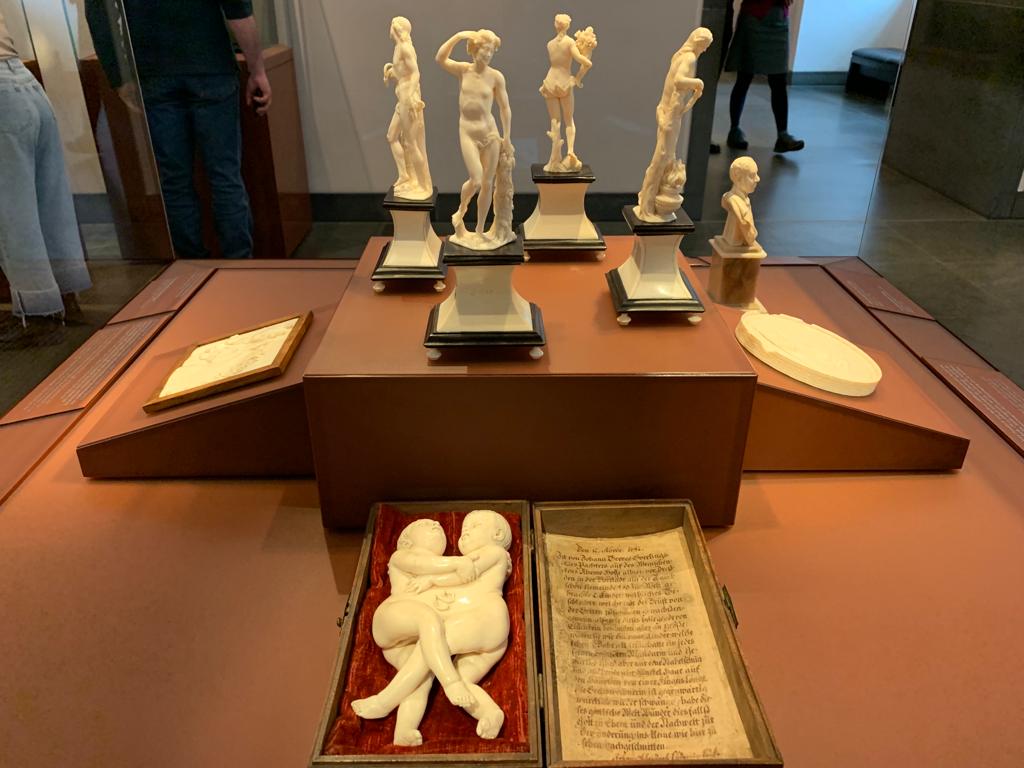
Final Thoughts On The Dresdner Residenzschloss And Green Vault
The Residenzschloss was my first foray into the collections of the Staatliche Kunstsammlungen Dresden (Dresden State Art Collections). Together they are one of the most important museum groupings anywhere, their wonderful collections built up through a determination by Saxony’s leaders to demonstrate their wealth, power and taste to their subjects and fellow royal courts of Europe. It is fortunate that the collections themselves have survived various upheavals including the destruction in 1945, and that we can today visit a careful reconstruction of the original spaces.
The Dresdner Residenzschloss should always have been top of my list for my time in Dresden. Luckily I read enough about the Green Vault to want to see it, and threw in a ticket for the rest on a whim. It’s a shame I couldn’t spend longer here, but at the same time if you did try to take everything in it would quickly become overwhelming. I think it’s best to soak in the atmosphere and, like a little museum butterfly, flit between the things that draw you in. It’s great for families (especially the ceremonial armour) and for tourists. It’s not particularly good on self-reflection about some of the more problematic objects in its collection, but that’s about my only criticism.
I also recommend a visit to the Palace first thing in the morning. Everything here opens at 10, so a couple of hours here in the morning gives you a good grounding to understand the city. You will learn the names of important figures (especially Augustus the Strong), and get a flavour of the Baroque splendour for which Dresden is famous. Not a bad amount to take in before lunchtime.
Salterton Arts Review’s rating: 4.5/5
Trending
If you see this after your page is loaded completely, leafletJS files are missing.

